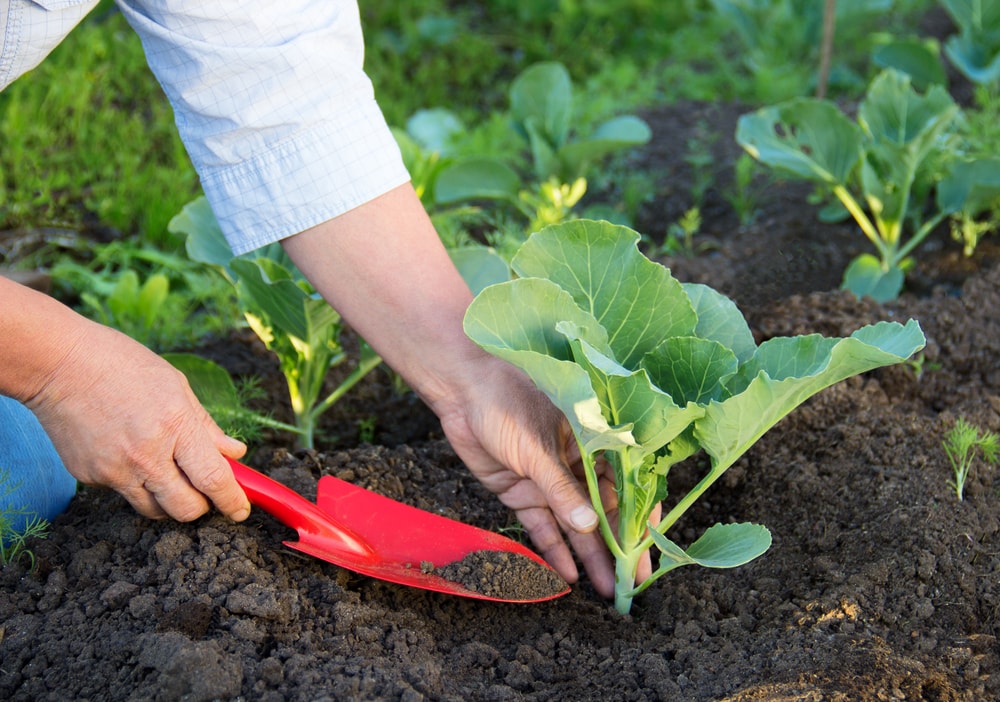Right now I’m inundated with tomatoes and zucchini. I’m sure my neighbors want to run when they see me heading their way with a bag of veggies in hand. But I have no more room on the kitchen counter! And how many loaves of zucchini bread can you eat anyway? And, yet, in the midst of this chaotic bounty, I have to start thinking fall!
Fall is Just Around the Corner
Seems odd to be thinking about fall when we’re dealing with summer heat and humidity. But if I want some of my favorite veggies, like broccoli, spinach, and sugar snap peas, I have to get started now. So the first thing I do is pick out the seed packets for the varieties I want. Then I read them.
Your Best Source of Information
As always, the back of the seed packet is the single best source of information on how to grow a particular variety. It tells you when to plant, how deep, how far apart, and how long to harvest. If it refers to the first expected fall frost, here in our area, it’s usually the end of October.
Now, look at how much sun the area gets. Most cool-season veggies need the same sun as summer veggies—six hours or more. If you get less than that, then you’ll do better with leafy greens like lettuce, spinach, kale, Swiss chard, collards, and mustard greens. You can even plant onion sets, although, in less sun, they seem to perform better if pulled as “scallions” rather than slicers.
Keep After Those Weeds!
Keeping weeds and debris out of your garden space is also important. Just like with summer veggies, weeds and debris give insects a place to hide and/or lay eggs and give diseases a possible host plant.
As always try to water at the base of your veggies rather than splashing water around everywhere. We still often have hot humid days in September so no point in inviting fungus to visit.
Keep an Eye on the Thermometer
Pay attention to the temperature. When temperatures are hot, start the seeds for cool-season veggies in a sunny window indoors or in pots in dappled sun and shade outdoors. Seeds for root crops, like radishes, beets, carrots, or turnips need to be direct-sowed however as they do not transplant well.
How to Handle Pesky Insects
The biggest insect pest to worry about on cool-season veggies is the cabbage worm. And they don’t just get on cabbage either—they’ll get on broccoli, Brussels sprouts, cauliflower, kale, collards, and radishes! You might get the occasional aphid, but they’re easy to wash off with the hose.
Cabbage worms and cabbage loopers (both types of caterpillars) are voracious feeders that can turn your leaves into lacework fast. As always, the best treatment is prevention. If you see small white butterflies flitting around your garden then immediately start looking for the eggs. They lay one egg on the back of a leaf, so you have to have a sharp eye.
The eggs hatch in a few days to either a fuzzy green caterpillar (cabbageworm) or an “inch-worm” (cabbage looper). At this stage, you can hand-pick (they don’t bite or sting) or, if inundated, spray with an organic pesticide or hot pepper spray—which are effective, but remember to spray just before dark. Bees and butterflies are still out in the fall so give them a chance to go home first.)
If you have row covers, you can use those to prevent butterflies from laying eggs. Companion planting with strongly scented herbs (rosemary, oregano, mint, etc.) can also help.
For Best Selection Get Your Seeds Early!
Nothing can beat fresh broccoli, lettuce, or arugula you just picked, or the fresh sugar snap peas that never make it inside because you eat them all in the yard.
We’ll be getting seeds for cool-season veggies in a few days.
Come in and check them out!

